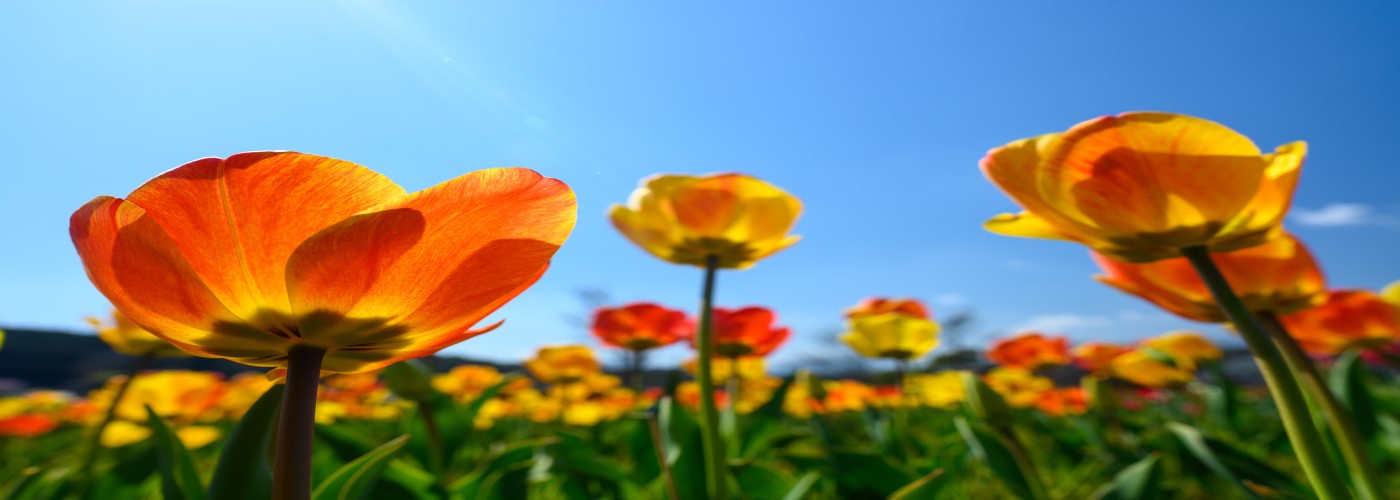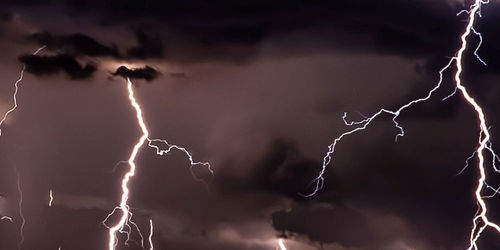

The spring season is among us and there is a right way and a wrong way to do spring cleaning. If it is done right, your garden and lawn can provide a habitat for many insects and other creatures living in it.
In early spring, many insects are still in hibernation and they start to wake up when the temperatures warm. Beneficial insects and pollinators like native bees, syrphid flies, lacewings, and parasitic wasps spend their winter down in hollow plant stems. Cutting down plants stems too early in the spring will disturb them before they have the chance to burrow out. So when spring cleaning, make sure you wait until daytime temperatures are above 50 degrees for at least 7 days. If you cannot wait and want to get started early, make sure to toss cut perennial and woody pant stems onto the compost pile VERY LOOSELY. Many of the insects inside the plant stems will still be able to emerge when the time is right.
Next, wait to do leaf cleanup until it gets warmer. As the article mentions "ladybugs, assassin bugs, and damsel bugs hunker down for the winter in leaf litter as adults. Others do so as eggs or pupae and adult butterflies nestle into leaf litter for the winter. Luna moths spend the winter in cocoons that look just like a crinkled brown leaf. As you clean up your leaves keep a sharp eye out for these insects and do your best not to disturb them."
Lastly, do not mulch just yet and prune with care. Many beneficial insects and pollinators burrow in soil as eggs, pupae, or adults. This includes hummingbird clearwing moth, soldier beetles, and many native bees. Covering the ground with a layer of mulch too early in the spring may block their emergence. When pruning, keep a look out for cocoons and chrysalises which dangle from branches.




